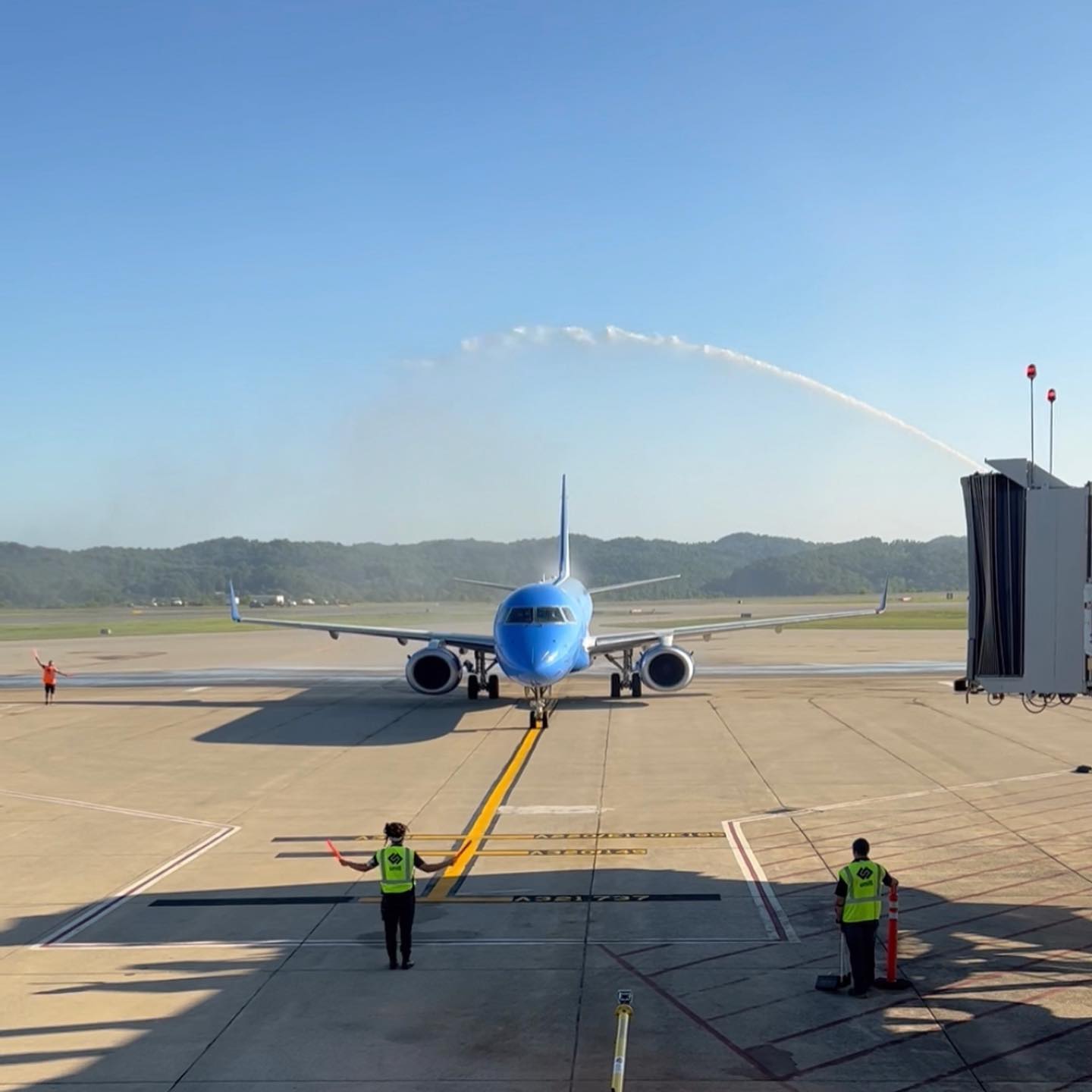Counties in southern West Virginia are experiencing a significant rise in new COVID-19 cases compared to the rest of the state, which health leaders blame on residents traveling for the summer.
Logan and McDowell counties have higher reproductive scores for the coronavirus than anyhere else in the state, according to Dr. Clay Marsh, who the governor appointed as the state’s “coronavirus czar” in March.
That means the disease has a higher potential for spreading in McDowell and Logan counties, compared to other counties. Mercer and Mingo counties’ reproductive scores are following closely behind McDowell and Logan’s, Marsh also reported.
The area has been hit by a series of recent outbreaks, including more than 40 cases of COVID-19 at a Princeton nursing home and more than 30 cases at a Logan County hospital, infecting both staff and patients.
The Bluefield Daily Telegraph reported Friday four deaths and one physician on a ventilator at the Princeton Health Care Center in Mercer County, where the area’s top three health officials resigned last week.
There were roughly 30 Logan and Mingo county residents who have tested positive for the coronavirus at the Logan Regional Medical Center by Friday, according to administrators for the two county health departments.
More than 50 area residents caught the coronavirus earlier in July from an outbreak spanning four Logan County churches, according to Logan County Health Department Administrator Steve Browning.
Browning said most cases linked to the first three churches – who gathered for a singing competition last month – have recovered.
One Mingo County resident linked to a Logan County church outbreak died and another remains on a ventilator, according to administrator Anthony Keith Blankenship of the Mingo County Health Department.
Gov. Jim Justice blamed the increase in cases on southern West Virginians traveling to Myrtle Beach, during one of three weekly press briefings Friday.
“There is one place that we can absolutely identify that is causing a real life problem in southern West Virginia, that southern West Virginians love beyond belief … it’s Myrtle Beach,” said Justice.
“We are seeing a huge outbreak in southern West Virginia [that] is of our own doing,” said cabinet secretary Bill Crouch for the Department of Health and Human Resources.
When the DHHR first reported COVID-19 cases linked to Myrtle Beach in June, officials also identified several cases of the virus in more northern parts of the state, like Preston County. Today, the DHHR is not tracking all of the state’s cases linked to Myrtle Beach in any official capacity, according to spokesperson Allison Adler.
Contrary to his comments in June, Crouch said Friday the state has tracked no coronavirus cases linked to out-of-state tourists.
“One of the things I assumed was happening in southern West Virginia was that tourists were bringing the disease to West Virginia, as a part of traveling the Hatfield-McCoy trails and visiting southern West Virginia,” Crouch said during the governor’s briefing. “Tourism is not the problem. … They’re not bringing the disease to us. This is West Virginians bringing it back.”
However, Blankenship of the Mingo County Health Department said visitors are equally to blame.
Earlier in July, Blankenship said there were out-of-state visitors involved in a wedding outbreak in Mingo County, where Blankenship said about 10 people from his county tested positive for the coronavirus. Blankenship also referred to a recent funeral in Wayne County with an out-of-state attendee, where the Mountain Citizen reported more than 40 cases of the coronavirus.
“Nobody’s safe from getting COVID-19,” Blankenship said. “You have to treat every single person you come into contact with as a COVID-19 case. … I think the tourists traveling to our state are equally responsible to the West Virginians traveling elsewhere.”
In-person classes for elementary and secondary school are still slated to begin Sept. 8 in all West Virginia counties, including those in the southern part of the state, according to Justice.
“This movement from the south is what I’m worried about,” Justice said, referring to a color-coded map of coronavirus problem areas Friday.
“Now that doesn’t [mean] we’re not going to go to school in those southern counties,” Justice said. “All I’m showing you is that movement from the south is real. It’s as real as real can be.”
There were nearly 1,800 active cases of the coronavirus in West Virginia Friday. The state has recorded more than 7,200 cases total and 127 deaths.
On Friday, the DHHR reported there were more than 170 active cases in Logan County, more than 130 active cases in Mercer County, more than 80 active cases in Mingo County and more than 40 active cases in McDowell County.
Emily Allen is a Report for America corps member.
